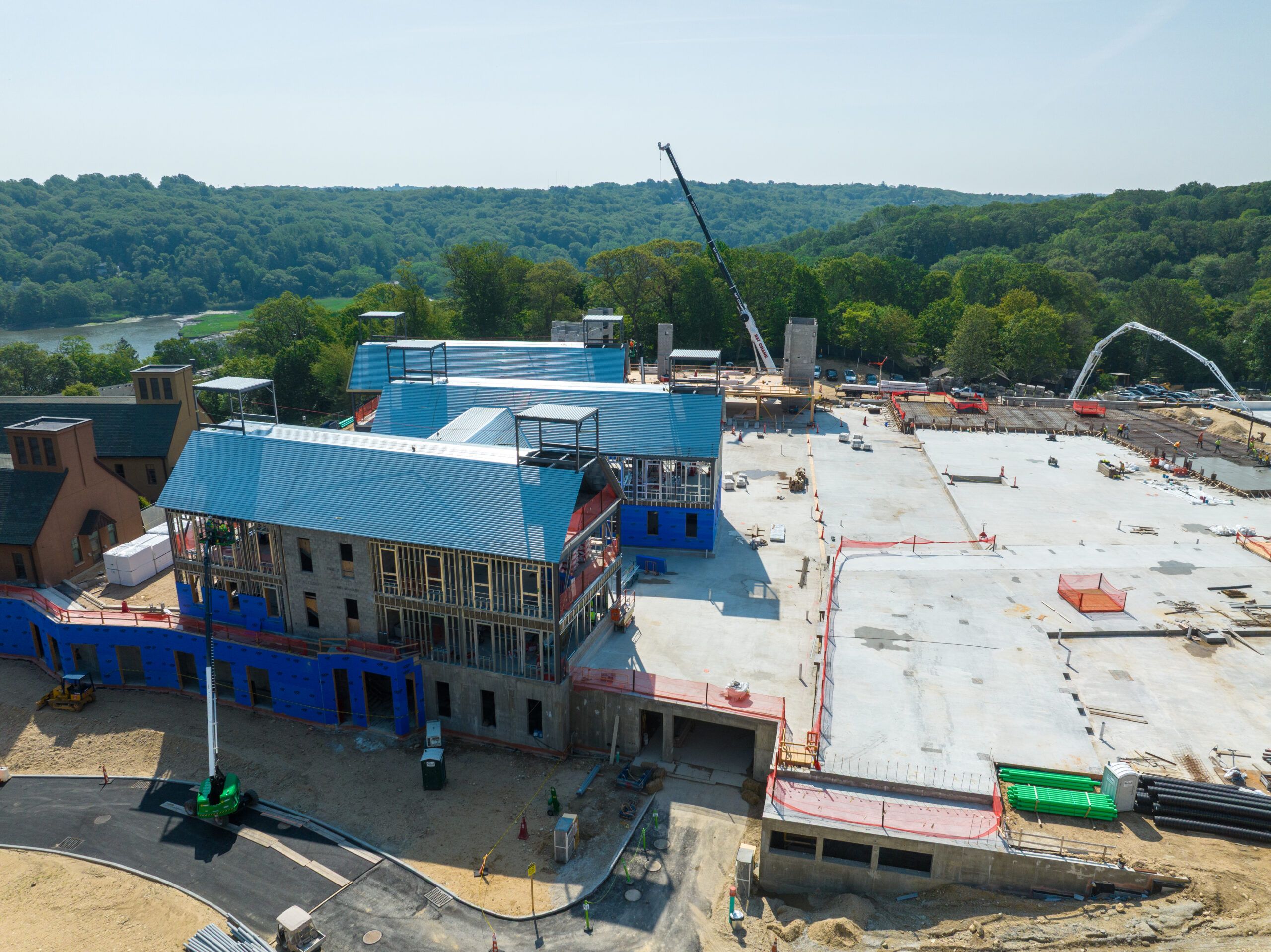As businesses around the world become increasingly aware of their environmental impact, the need for sustainable design practices in the workplace has never been more critical. Sustainable office design helps reduce the carbon footprint and contributes to a healthier and more productive work environment. From energy-efficient lighting to eco-friendly furniture, there are numerous ways companies can integrate sustainability into their office spaces. Here, we explore some key sustainable design practices that can help modern workplaces thrive while reducing their environmental impact.
1. Energy-Efficient Lighting
One of the most effective ways to make an office more sustainable is by reducing energy consumption, and lighting plays a significant role. Traditional incandescent bulbs consume a lot of energy, and even fluorescent lighting can be inefficient. Switching to LED lights is a simple yet impactful change. LEDs use up to 80% less energy than their incandescent counterparts and have a longer lifespan, reducing the need for replacements. Incorporating natural light into the design by using large windows or strategically placing desks can also decrease the need for artificial lighting during the day.
2. Sustainable Materials
The materials used in the construction and furnishing of an office are crucial in creating a sustainable workplace. Opting for locally sourced, recyclable materials, or made from sustainable resources can make a big difference. Bamboo flooring, for instance, is a highly renewable resource and a popular choice for eco-conscious office spaces. Additionally, using reclaimed wood, recycled metal, or repurposed furniture can minimize waste and promote a circular economy. These materials have a lower environmental impact and can add a unique and stylish touch to any workplace.
Working with professionals specializing in sustainable design practices is essential for companies looking to create a more sustainable office space. Frontier Fitouts is a great example of a company that focuses on designing and building sustainable workplaces. Their expertise in creating eco-friendly office spaces ensures that businesses can make informed choices when it comes to furniture, materials, and overall design.
3. Biophilic Design
Incorporating nature into the design of the workplace is known as biophilic design, which has been shown to improve employee well-being and productivity. By integrating plants, green walls, or natural textures into the office environment, businesses can create a calming atmosphere while reducing the need for artificial air purification systems. Plants also act as natural air filters, absorbing toxins and providing a healthier environment for employees. Studies have found that biophilic design can reduce stress levels and improve cognitive function, making it a win-win for both sustainability and employee satisfaction.
4. Waste Reduction and Recycling Programs
Waste reduction is another critical component of sustainable office design. Encouraging employees to recycle and reduce waste can be easily integrated into the workplace. This includes providing clearly marked recycling bins and promoting the use of reusable items, such as water bottles and coffee mugs. Additionally, businesses should consider working with companies that offer sustainable office furniture, as many modern furniture pieces are now made from recycled materials or can be easily disassembled and repurposed at the end of their lifecycle.
5. Flexible and Modular Furniture
Furniture plays a significant role in shaping the functionality and sustainability of an office space. Instead of investing in bulky, non-recyclable furniture, many businesses are turning to modular furniture systems that are adaptable and can be reconfigured as needed. These flexible pieces are made from sustainable materials and can be easily disassembled, reused, or recycled. By choosing such furniture, businesses can reduce waste while creating a versatile office layout that meets the evolving needs of their team.
Conclusion
Sustainable design is no longer a luxury—it’s a necessity for businesses that want to thrive in today’s environmentally conscious world. By focusing on energy-efficient lighting, sustainable materials, biophilic design, waste reduction, and flexible furniture, companies can create workspaces that benefit the environment and foster a positive and productive work culture. As sustainability becomes more ingrained in workplace design, businesses are realizing that eco-friendly choices can lead to long-term cost savings and a better quality of life for their employees.











